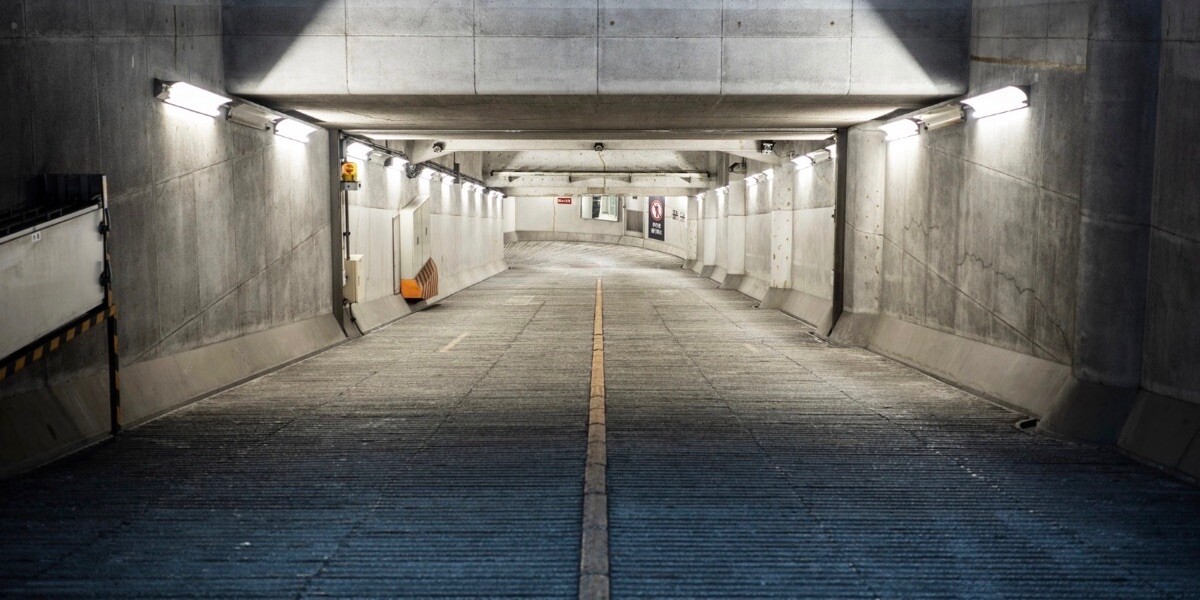
How to Use the Reverb Voice Changer Effect in Adobe Premiere
Reverb is one of the most widely used creative audio effects in video – but what is it in the real world? You may think of reverb as something that happens in big spaces such as caves and cathedrals, however reverb occurs in every space.
Reverb is very similar to echo, it occurs when sound bounces off surfaces and then reflects back to the listener. When listening to reverb we can’t distinguish each individual echo and so the reflections sound like one sound.
In film, TV and video reverb can be used as a mixing tool as well as a creative effect. When mixing sound or dialogue recorded in a studio you may want to add reverb to make the sound sound like it was recorded on location.
You can also use reverb to make a voice sound dramatic and imposing. When doing this you would typically add an unrealistic amount of reverb to emphasise the effect.
Premiere Pro’s built in reverb
In the effects section of Premiere Pro you will find several reverb options. In this article we’re going to be focusing on the ‘Studio Reverb’.
Studio Reverb has many standard reverb parameters. Let’s go through them so we understand what they all do.
Room Size
Reverb’s main purpose is to emulate how sound reflects in real spaces, room size sets the size of the room the effect is emulating.
Decay
The decay parameter controls how long the reverberating sound’s tail is. This parameter is set in milliseconds so you have a lot of control.
Early Reflections
Early reflections are sound reflections that arrive before the main reverberation sound, around 5 to 100 milliseconds after the original sound is created. Your brain uses them to determine the size of the space it’s in, so they’re really important if you’re trying to emulate a specific location.
Width
Width determines how wide your reverb sounds in the stereo field.
High frequency Cut/Low Frequency Cut
You can control where in the frequency spectrum the reverberating sound occurs with the high and low frequency cut parameters. The low frequency cut won’t let through any signal below where you set it and the high frequency cut won’t let through anything above.
Damping
Damping absorbs high frequencies in your reverb. The lower this parameter is set the brighter the tone of your reverb.
Diffusion
Diffusion controls how dense reflections are in your reverb. The lower you set diffusion the more distinct individual reflections will be – if you set it at a high value you’ll get more of a “wash” effect.
Dry/Wet
The dry and wet controls set the balance between the reverb and the original sound source. The Dry signal is the original sound and the wet signal is the reverb.
How to create a free reverb voice changer effect in Premiere Pro
Let’s look at how to create a basic reverb voice changer effect with Premiere Pro’s Studio Reverb. We’re going to make a Cave Voice Changer to emulate being in a large rocky space.
Step 1: Set room size, decay and early reflections
Let’s start by setting the room size, decay and early reflections parameters.
In order to emulate the feeling of a huge cave we want to make the rooms size as large as possible – crank it up to 100.
We want the decay to be reasonably long without it being too distracting. Around 3690ms sounds right.
To establish the size of the cave we want to make sure we have some early reflections, however Premiere’s Studio Reverb can sound a bit synthetic if you set early reflections too high. Let’s set it at about 50%.
Step 2: Perfecting the frequencies and diffusion
Let’s fine tune the reverb further. First we’ll roll off the very highest frequencies with the High Frequency Cut by setting it to 13800Hz
We want to cut out the very lowest frequencies in the reverb signal. If we allow too many sub frequencies in the reverb it will sound very muddy. Because of this we’ll set Low Frequency Cut to 58Hz
Finally we’ll set the Damping and Diffusion to 50% to smooth out the sound.
Step 3: Setting the Dry/Wet mix
Now let’s perfect the balance between the original voice recording (dry) and the reverb signal (wet). Since we want the reverb sound to be quite pronounced let’s make the two signals almost equal in volume.

